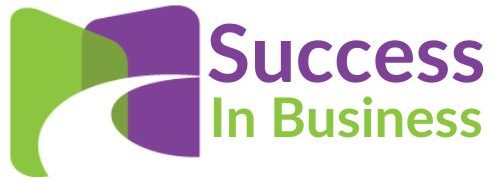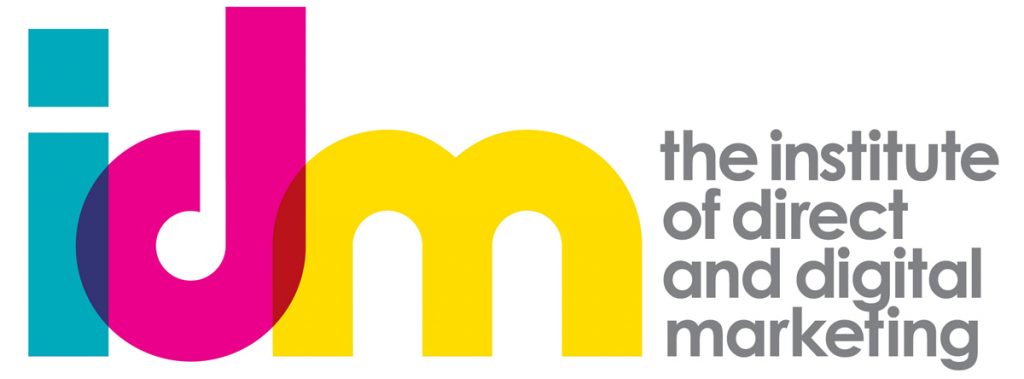A CRM system is a tool designed to Streamline and enhance your business’s client Relationships. It offers efficiency beyond spreadsheets and seamlessly integrates with tools like emails and marketing apps. Its user-friendly interface ensures that even non-specialists can quickly adapt to its functionalities, providing a sense of reassurance and confidence in its potential benefits.
You want to Manage your Client Relationships more effectively for several reasons. You may want a better way to track leads, close sales, retain clients, etc. To be effective in delivering these benefits, the tool needs to:
- Be straightforward and intuitive to use
- Integrate with communication and other client (prospect) facing tools you use
- Be powerful enough and flexible enough to reflect the way your business works
- Be reliable and consistent
- And store data in a way that is secure and compliant
You may not know that each requirement reflects the different layers of the CRM Applications you use or are considering implementing. That is because you only see the surface layer and not those below. Understanding these other layers is essential in understanding which CRM Tool is a good fit for your business now and in the future.
(An alternate three-layer model to the one I discuss here doesn’t include the Business Layer and the Persistence Layer, so the Sequel database is developed directly without these breaks and safeguards. Many bespoke developers use this three-layer model)
Presentation Layer – Easy and intuitive to use
Most of us only experience a CRM app when we log in to it from our Office PC, on the move with a Laptop or Tablet, or, these days, on our SMART phones. We don’t think about what is happening under the hood. Why should we? We haven’t got time and just want to do whatever the job is as quickly and efficiently as we can.
The more intuitive and easy this User Interface is to use, the better. We think this is the CRM system because that is all we see. It’s also where we configure it to make our lives even easier with automation like workflow or creating and sending template emails.
But we also want this CRM System to capture our emails and even phone calls, integrate with our website to record chats and inquiries, and with other marketing apps like ZOHO Campaigns, Mailchimp, etc.
Application Layer – Integrating the whole conversation
The Application Layer integrates the CRM with all our other systems. This layer also translates the daily language we use to interact with the CRM we see into the more technical developers’ language used to make it work (see below).
Application Program Interfaces (API) translate the language used by your other apps into the same language as the CRM so that you can capture emails, send meetings to your Google Calendar, and more. Better systems, such as ZOHO, Salesforce, and Hubspot, have an extensive marketplace of these already configured APIs so that you can add them as a nonprogrammer at the touch of a button.
This layer is crucial because you need to see the whole conversation to Manage your Relationships with your clients effectively.
Business Layer – able to reflect the way your business works
The providers of CRM Systems (like ZOHO or Salesforce) develop “Business rules” and “Business logic” to carry out your instructions at the “Business Layer.” These determine how your CRM tools work, which is the same for everyone who uses that particular tool.
These Rules and Logic need to be powerful enough to reflect how your business works so that the CRM you see and interact with is intuitive and user-friendly. The “Rules” govern how data can be entered and changed, while the “Logic” tells the system how to process this data and what to do once it finishes processing it.
Because this is, in many ways, the CRM System that ZOHO or Salesforce provides, you cannot make changes to this highly technical area as a user. However, it is from here that the providers upgrade the system, and it is essential to know how often this happens to keep your CRM system current.
(Generally, CRM providers like ZOHO have 000’s developers who focus on this, which is why I would generally advise against bespoke CRM systems unless there is an excellent reason why that is unavoidable. In 99.99% of cases, it just isn’t because, with sufficiently robust rules and logic, all the customization you need happens at the presentation layer. Customizing at the Presentation layer also means that you can do it or at least understand what is being done, which is not the case with bespoke development)
Data (Persistence) Layer – Reliable and Consistent
The Business Rules and Business Logic determine whether the CRM you see works the way that is best for your business, but this only organizes the data and the instructions about what needs to happen to it. The Database Engine does the actual work, which I look at below.
The Database Engine is common to more than one CRM System provider, and most use Sequel. You can learn to program in Sequel and sometimes use Sequel Queries when combining tables in Business Intelligence software like ZOHO Analytics.
However, the instructions and data organized at the Business Layer must be formatted and translated into the common language used by the underlying database, which happens at the Data Layer. This process also protects the underlying database and ensures its reliability and consistency.
That means the CRM System you see and work with processes data in the consistent way that you expect and as efficiently as possible.
Database – security, and compliance
The data and instructions you give to the CRM System you see are processed in a Sequel database. These days, this will usually be in a Data Centre that hosts your data and is protected by very high levels of security to ensure that it is not easily accessed. There is also impressive physical security, methods to ensure persistent power, etc. In the past, data may have been hosted locally in a business, and until recently, that continued to be the case in some Financial institutions. However, it is unlikely that a typical SME would be able to match the security of data centers, which is why most CRM Systems have moved online.
Today, the location of these Data Centres is essential. Compliance with GDPR means typically that these need to be in Europe, although there are arrangements with US Data Centres that are GDPR compliant. This used to be called Safe Harbour.
So what?
As long as your CRM is making your life easy and delivering the benefits you need, you will probably not be very interested in how it works. But if it isn’t, it is worth understanding why that is and where the problem might be.
It is also worth thinking about these levels when assessing a new CRM. Most CRM systems will spend much time and effort looking funky and easy to use. But do they:
- Connect with the third-party systems you need them to.
- Have the tools you need to deliver the benefits you are looking for?
- Do they have regular upgrades to keep them relevant and you ahead of the game?
- Will they be reliable, efficient, and responsive?
- Is the data hosted in a compliant and secure way?
If you are thinking of upgrading your CRM or have any questions about this article, then please call me at 07983784816 or email me at nick@successinbusiness.co.uk


